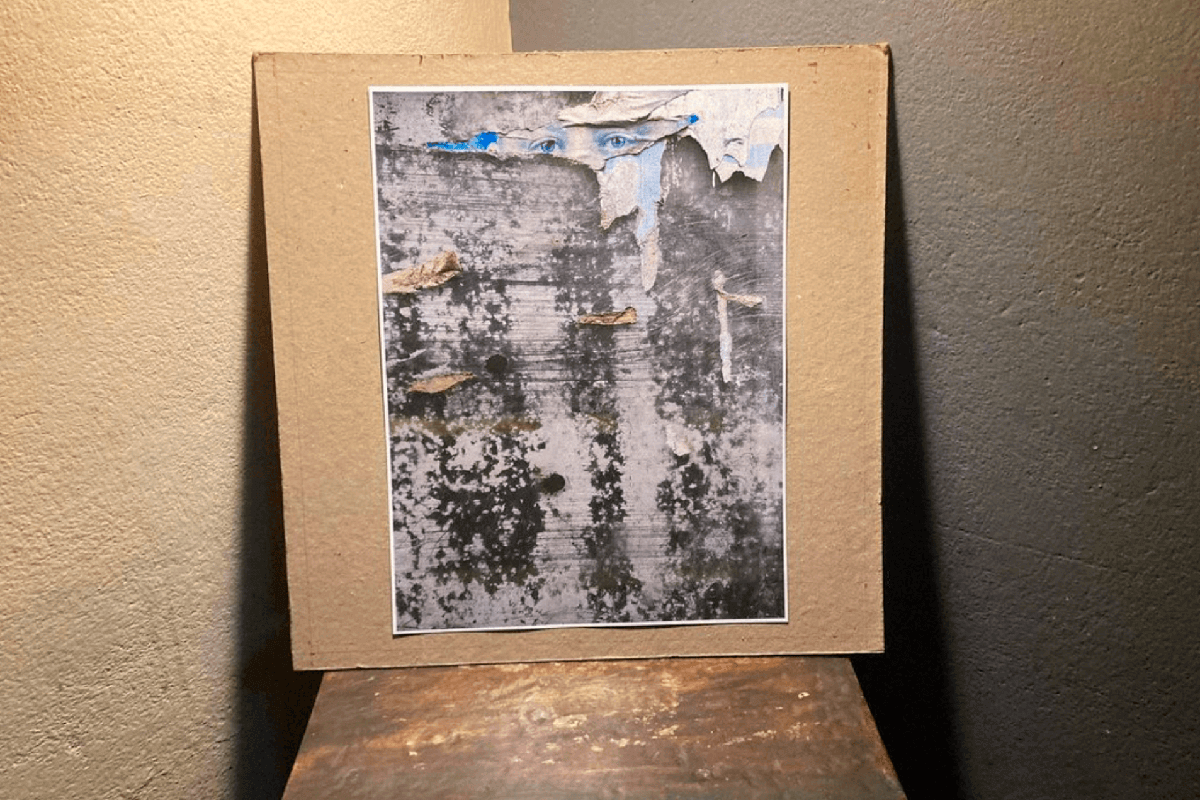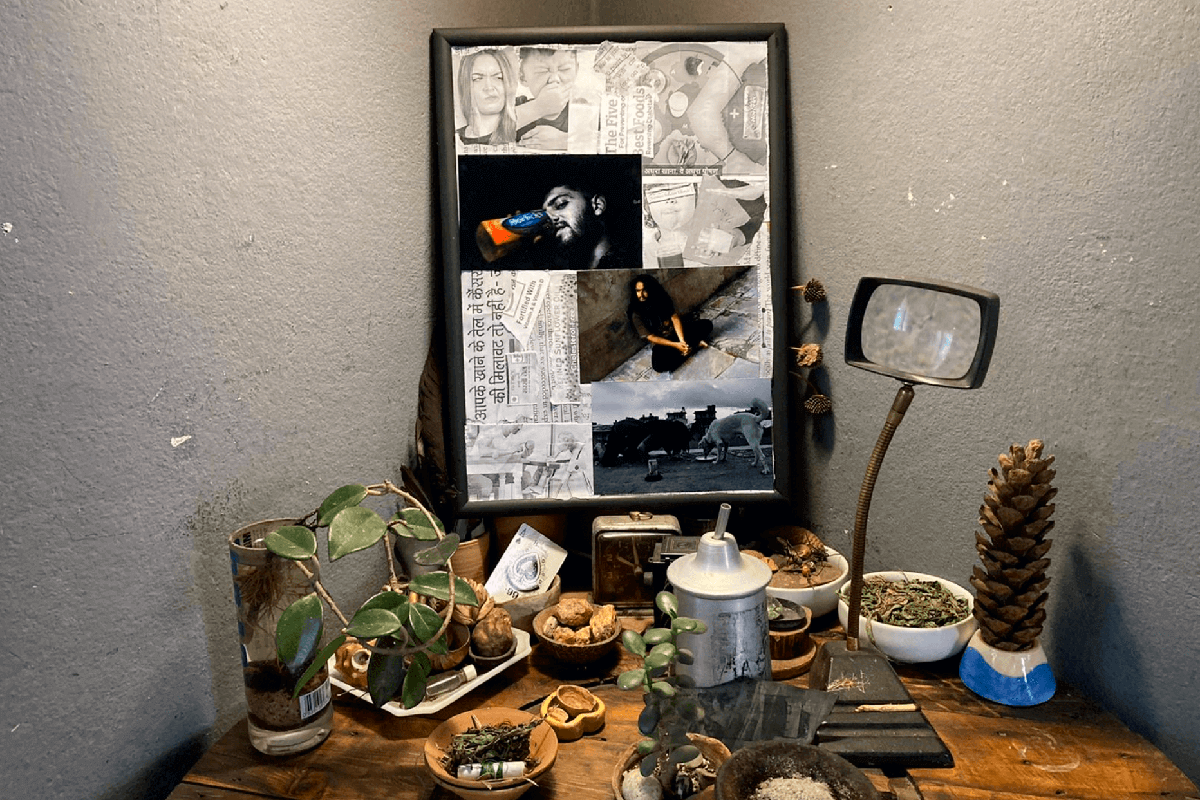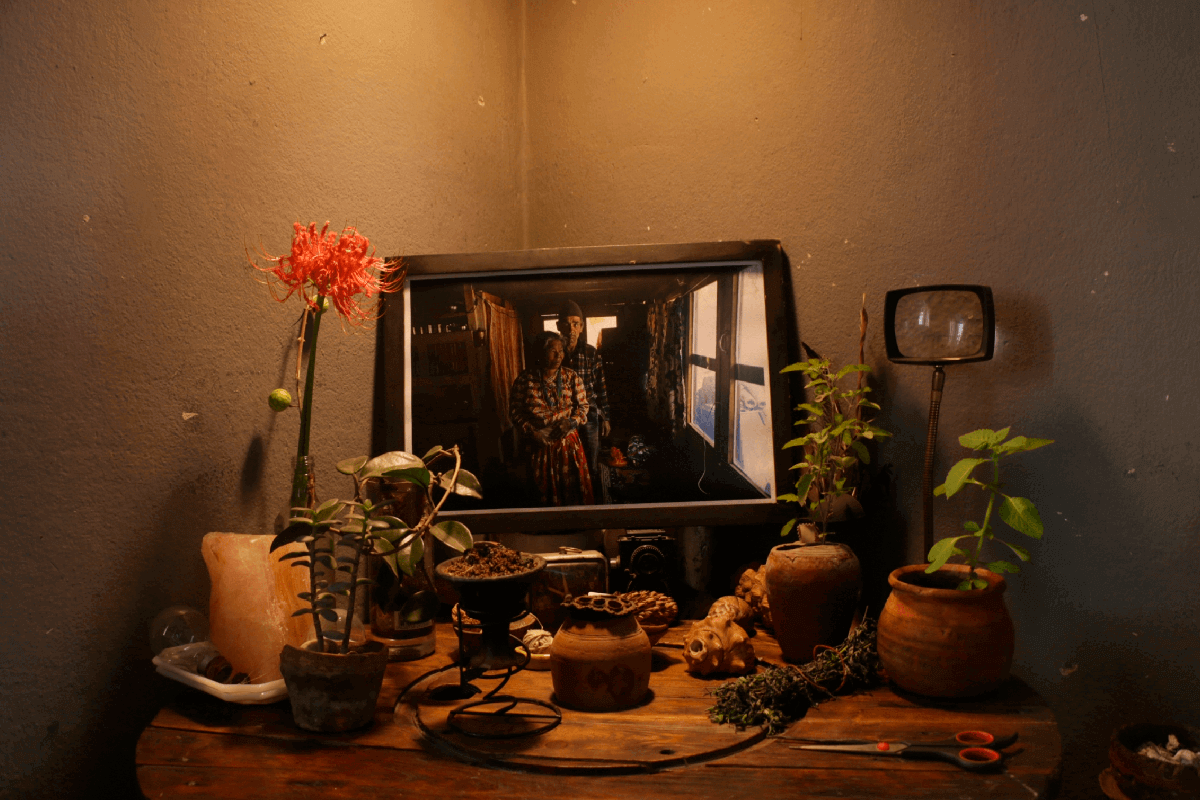The Essence of Perception in "One Photo Exhibit"

Sujan Dangol, "One Photo Exhibit"
In an age where the digital landscape is inundated with images, the "One Photo Exhibit" emerges as a refreshing, avant-garde event, challenging conventional art exhibition norms and probing the depths of photographic interpretation. Hosted bi-weekly, this initiative stems from an urgent call for alternative artistic paradigms and platforms. The movement burgeoned within a collective, drawing artists and thinkers passionate about exploring and reshaping the constructs of image comprehension.
Photographs, traditionally viewed as passive visual records, are elevated to an active discourse in this exhibit. They are not just 'seen'; they are 'read', dissected, and critically examined. This transformative perception has roots in an intricate understanding of modern art culture. It pays homage to classic exhibition styles while raising pivotal questions about the spectator's learning and engagement process. It is less about the sheer volume of artwork and more about the depth of engagement with each piece.
The OPE was ideated, executed and documented by an artist duo, named Neha Hirachan and Rupesh Man Singh, based in Kathmandu, Nepal. They’ve been practicing and exploring photographic medium at the intersection of art expression and pedagogy. OPE, is one of such example of the possibility of the medium that they have practiced. They envision OPE to have further seasons soon in the future.
Central to the "One Photo Exhibit" is the exploration of the psychological and anthropological impact of photography. The exhibit delves deep into the ramifications of image consumption on human cognition, emotion, and behavior. It critiques the modern-day tendency for rapid image consumption, often devoid of contemplation, and contrasts it with the profoundness of thoughtful and deliberate image interpretation.

Priyanka Tulachan, "One Photo Exhibit"
Priyanka Tulachan's journey of reconnecting with her indigenous roots offers an exquisite example of how personal history intermingles with artistic expression. Her artwork, an evocative notebook bearing intricate illustration with multiple annotations, stands as a testament to her exploration, hinting at an intimate process of self-discovery. It's as if each stroke of her pen draws the viewer closer to her soul, illuminating her search for identity and belonging. Disconnected from her indigenous roots, Priyanka sought reconciliation, a quest made manifest through learning her mother tongue, “Thakali,” from her grandfather, all captured in captivating imagery.

Jakub Dziewit, "One Photo Exhibit"
Then there's Jakub Dziewit, whose "Out of Sight" pushes the boundaries of photographic interpretation. The artwork, with eyes hauntingly peering through a deteriorated wall, seems to embrace the very essence of memory, time, and the lingering, omnipresent gaze of history. Jakub’s artwork suggests that even as the world changes and materials decay, some things – memories, emotions, the human spirit – remain indelible. Jakub's emphasis isn’t merely on the tangible photograph but the intangible narratives that they can craft, giving them a depth rarely explored.
Sujan Dangol's innovative approach feels almost meta, making the process of image creation a live exhibit in itself. Sujan's piece was dynamic – a photograph taken, developed, and printed in real-time, during the event. It’s an evocative diptych, meanwhile, delves deep into the realms of human emotion in a stark, minimalist setting. The stark contrast of light and shadow accentuates the subject's silhouette, portraying an intensity that's palpable. It's a symphony of solitude, contemplation, and perhaps a hint of yearning that reaches out to every viewer, invoking a shared sense of humanity. His subtle inclusion, “कालो मोसो,” hints at the guilt associated with the fading traditions and cultures in our ever-evolving world. His perspective? Art exists in the simple acts of life, like parents raising children.

Sabin Gyawali, "One Photo Exhibit"
In a fusion of art and science, Sabin Gyawali's work merges food science, anthropology, and photography. His photographic montage, reminiscent of an intimate personal journal, combines candid moments with formal elements. This amalgamation, executed via data from participants documenting their meals, challenges the established narratives surrounding nutrition. By juxtaposing science and art, Sabin seeks to highlight the multidimensionality of both mediums.
Pannu and Tehreem's exhibit, a tapestry woven from the cities of Lahore and Amritsar, is a gentle plea. Rather than being entrenched in the histories, it’s a call to progress forward, to move beyond the past. Their interactive interface, allowing viewers to engage with the artwork, redefines the relationship between the observer and the art piece.

Jay Poudyal, "One Photo Exhibit"
Jay Poudyal’s stories, heartwarming and genuine, revolve around a couple in Dolakha. The narrative artistry of Jay Poudyal stands out, especially in the sensitivity and ethics underpinning his storytelling approach. Inspired by renowned platforms like Humans of New York, Jay's works revolve around genuine human experiences. His chosen image, juxtaposing a radiant flower with a framed photograph, beautifully captures the juxtaposition of heritage and memory against the backdrop of the present. Echoing the ethos of projects like @humansofny, Jay’s work is an ode to authentic storytelling. By letting his subjects lead, he ensures their stories remain untainted, a nod to the ethics of representation in photography.
Min Bajracharya's insights, shaped by his years as a photojournalist, were particularly enlightening. He highlighted the essence of resourcefulness in photography, emphasizing the importance of trusting one's creative awareness over the allure of technology. Min's approach serves as a testament to the artist's vision being paramount.
Maya Luna Khan's photographs are intricate, replete with historical and emotional details. Elements, like a bookshelf filled with generational books or a distinctive hair-do, give depth to her visuals. But beyond the image, it’s the process and the experience of creating that holds significance for her.
Jigme Namdol's photographic odyssey, from Dharamshala schoolyards to global landscapes, unfolded like a visual diary. His style, instinctual and traditional, is a dance between moments and movement. Armed with his beloved Rolleicord and Rolleiflex, Jigme continues to capture the world, ever in search of his defining style.
Rohan Thapa’s visual on the Ghadimai jatra is not just an image but a socio-political commentary. The interplay of verticality and horizontality in his photographs is a deliberate choice, depicting life and death, creating a layered visual experience for viewers.
Samundra Gurung bridges the realms of art and science. His visuals, histology images of the human brain, showcase patterns that may seem abstract but are deeply scientific. By intertwining the two mediums, Sam underscores the myriad inspirations nature offers, urging us to broaden our perceptions.
The "One Photo Exhibit" is more than a mere display of photographs. It's a tapestry of narratives, perspectives, and interpretations, urging viewers to delve deeper, to question more, and to truly understand the multi-layered world of images. These artists, each with their unique voice and vision, have crafted stories that transcend mere visuals. They invite us into their worlds, urging us not just to see but to feel, experience, and immerse ourselves in their narratives. As these tapestries of emotion and memory unfold, we're reminded of the power of art — its ability to resonate, touch souls, and illuminate the human experience.